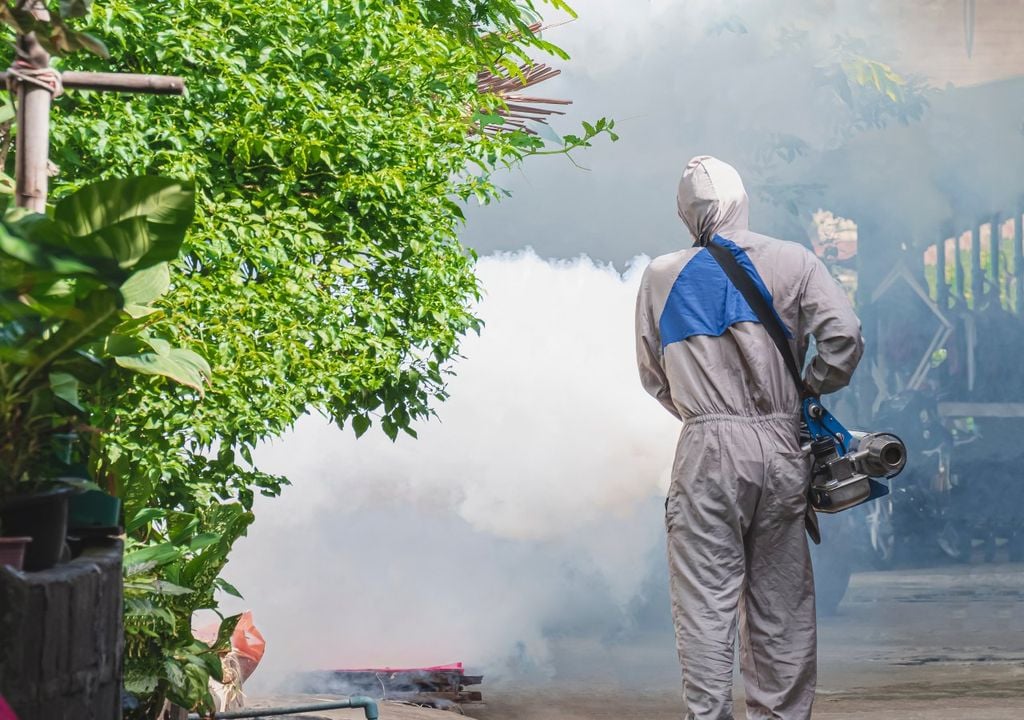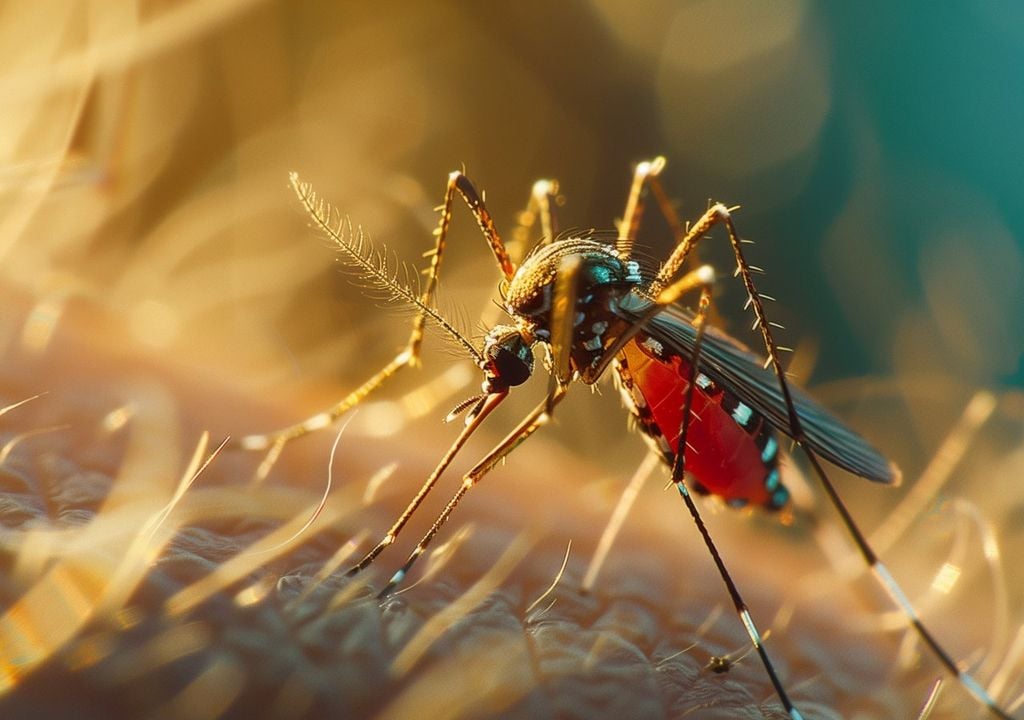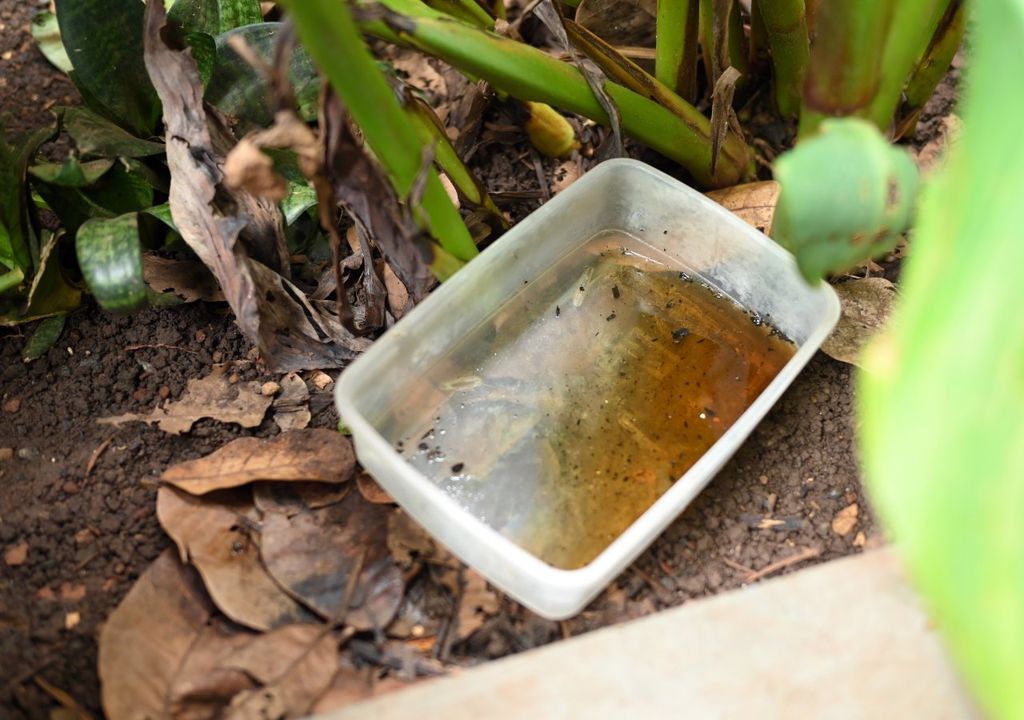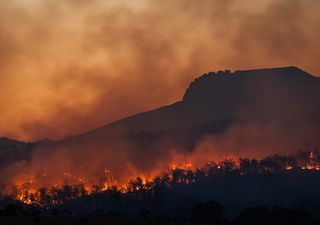The habitat of the world's deadliest animal is expanding as the planet warms, causing great concern
Changes in temperatures and rain patterns are creating an increasingly pleasant environment for mosquitoes. As a result, outbreaks of the diseases they transmit are becoming more frequent.

Although they only weigh 2.5 milligrams, the same as a grain of rice, mosquitoes take the title of the most lethal animal in the world. And it's not for less. These tiny insects cause the death of more than a million people a year, and that figure is expected to increase as the planet warms up.
However, it is not the mosquitoes themselves that do the deadly work. What makes them such a dangerous threat is their ability to transmit viruses and parasites that cause devastating diseases. Malaria alone, spread by the Anopheles mosquito, kills 600,000 people each year, mainly children, and leaves another 200 million disabled for days.
Aedes aegypti, a vector of yellow fever, Zika, dengue and other diseases, has been impressively adapted to urban environments. This mosquito feeds exclusively on humans and is able to deposit its eggs in a wide variety of containers, both outdoors and indoors.
Other mosquito-borne diseases include dengue fever, which causes between 100 and 400 million cases annually worldwide; yellow fever, which has a high mortality rate; and Japanese encephalitis, responsible for more than 10,000 deaths a year, mainly in Asia. Without forgetting the Zika virus, whose devastating neurological effects on babies born to infected mothers have recently been described.

With more than 2,500 species worldwide, mosquitoes are present in almost every region of the planet, except Antarctica. Their ability to adapt to new environments and resist human interventions makes them especially difficult animals to control. They are constantly evolving, learning to evade the tools we use to fight them.
Outbreaks of mosquito-borne diseases
In the United States, the situation of mosquitoes is worrying. During this 2024 they experienced the largest outbreaks in their history of dengue, Oropouche virus and eastern equine encephalitis. Some cities have closed parks after dark (the hours of highest incidence of mosquito bites) and have restricted outdoor activities and public events.

The warmer weather in spring and autumn and the wetter conditions have allowed mosquitoes to emerge earlier and survive later in the year, giving them a longer period to transmit diseases." If we think of the optimal point of transmission in terms of things like temperature and enough rain, as these factors move to the poles, there are more chances for mosquitoes to enter new places," says Sadie Ryan, Professor of Medical Geography at the University of Florida.
Between 1979 and 2022, favorable days for mosquitoes increased by more than two weeks in much of the US. USA, expanding both its activity season and its distribution area.
In Brazil, cases of Oropouche virus have increased by more than 800% compared to last year, causing symptoms similar to those of dengue or Zika. This year is already the worst recorded in terms of dengue, with more than 11 million cases and more than 7,000 deaths reported worldwide until July, almost double the historical record of 2023.
In addition to changes in temperature and rains that accelerate the reproduction of the mosquito, factors such as urbanization, travel and trade have also contributed to the spread of these insects.
This global panorama highlights the urgent need to strengthen control and prevention measures against mosquitoes. With the expansion of these insects to new areas and the increase in the incidence of diseases, it is crucial to take coordinated actions to protect the health of these dangerous vectors.
News references:
https://www.isglobal.org/en/-/mosquito-el-animal-mas-lethal-del-mundo








